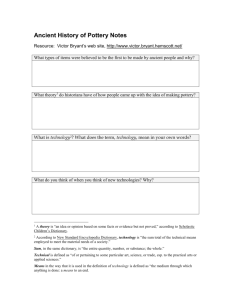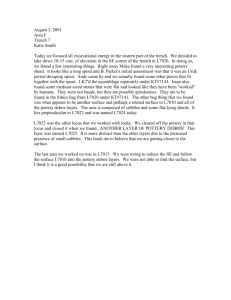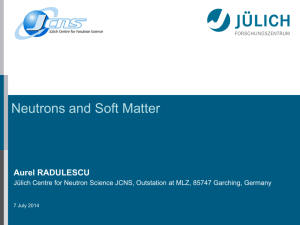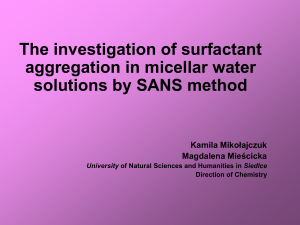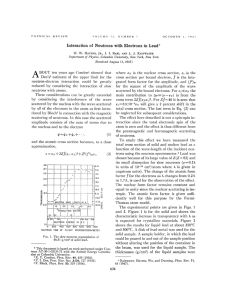SESSION( A,B,C,D,E)
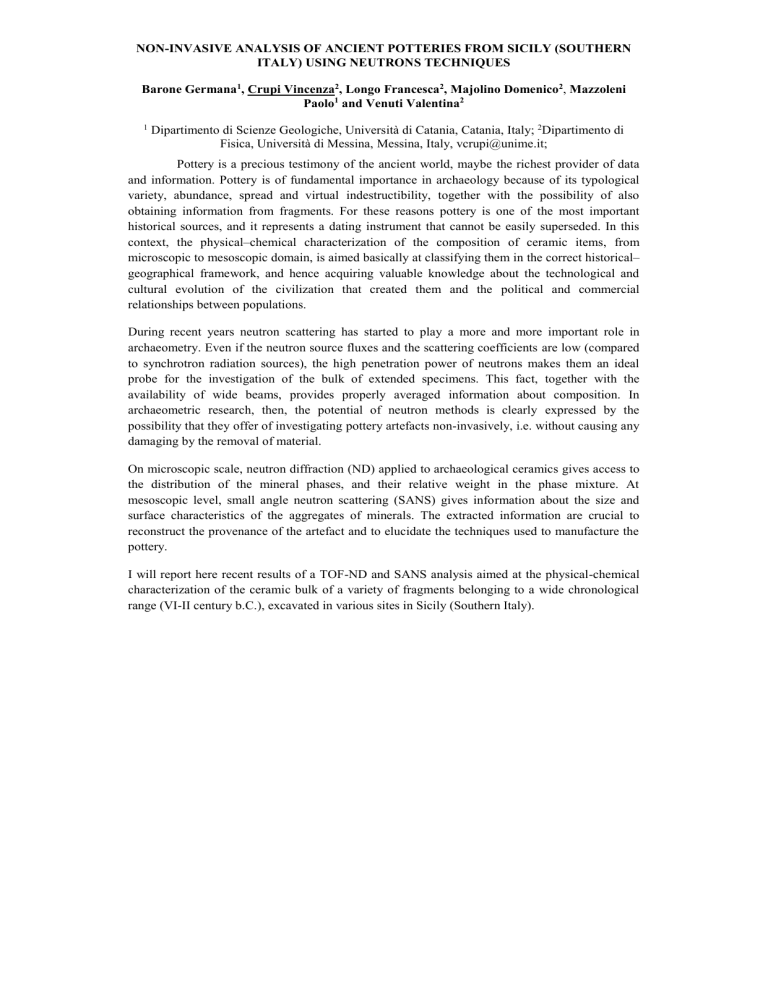
NON-INVASIVE ANALYSIS OF ANCIENT POTTERIES FROM SICILY (SOUTHERN
ITALY) USING NEUTRONS TECHNIQUES
Barone Germana 1 , Crupi Vincenza 2 , Longo Francesca 2 , Majolino Domenico 2 , Mazzoleni
Paolo 1 and Venuti Valentina 2
1 Dipartimento di Scienze Geologiche, Università di Catania, Catania, Italy; 2 Dipartimento di
Fisica, Università di Messina, Messina, Italy, vcrupi@unime.it;
Pottery is a precious testimony of the ancient world, maybe the richest provider of data and information. Pottery is of fundamental importance in archaeology because of its typological variety, abundance, spread and virtual indestructibility, together with the possibility of also obtaining information from fragments. For these reasons pottery is one of the most important historical sources, and it represents a dating instrument that cannot be easily superseded. In this context, the physical–chemical characterization of the composition of ceramic items, from microscopic to mesoscopic domain, is aimed basically at classifying them in the correct historical– geographical framework, and hence acquiring valuable knowledge about the technological and cultural evolution of the civilization that created them and the political and commercial relationships between populations.
During recent years neutron scattering has started to play a more and more important role in archaeometry. Even if the neutron source fluxes and the scattering coefficients are low (compared to synchrotron radiation sources), the high penetration power of neutrons makes them an ideal probe for the investigation of the bulk of extended specimens. This fact, together with the availability of wide beams, provides properly averaged information about composition. In archaeometric research, then, the potential of neutron methods is clearly expressed by the possibility that they offer of investigating pottery artefacts non-invasively, i.e. without causing any damaging by the removal of material.
On microscopic scale, neutron diffraction (ND) applied to archaeological ceramics gives access to the distribution of the mineral phases, and their relative weight in the phase mixture. At mesoscopic level, small angle neutron scattering (SANS) gives information about the size and surface characteristics of the aggregates of minerals. The extracted information are crucial to reconstruct the provenance of the artefact and to elucidate the techniques used to manufacture the pottery.
I will report here recent results of a TOF-ND and SANS analysis aimed at the physical-chemical characterization of the ceramic bulk of a variety of fragments belonging to a wide chronological range (VI-II century b.C.), excavated in various sites in Sicily (Southern Italy).




